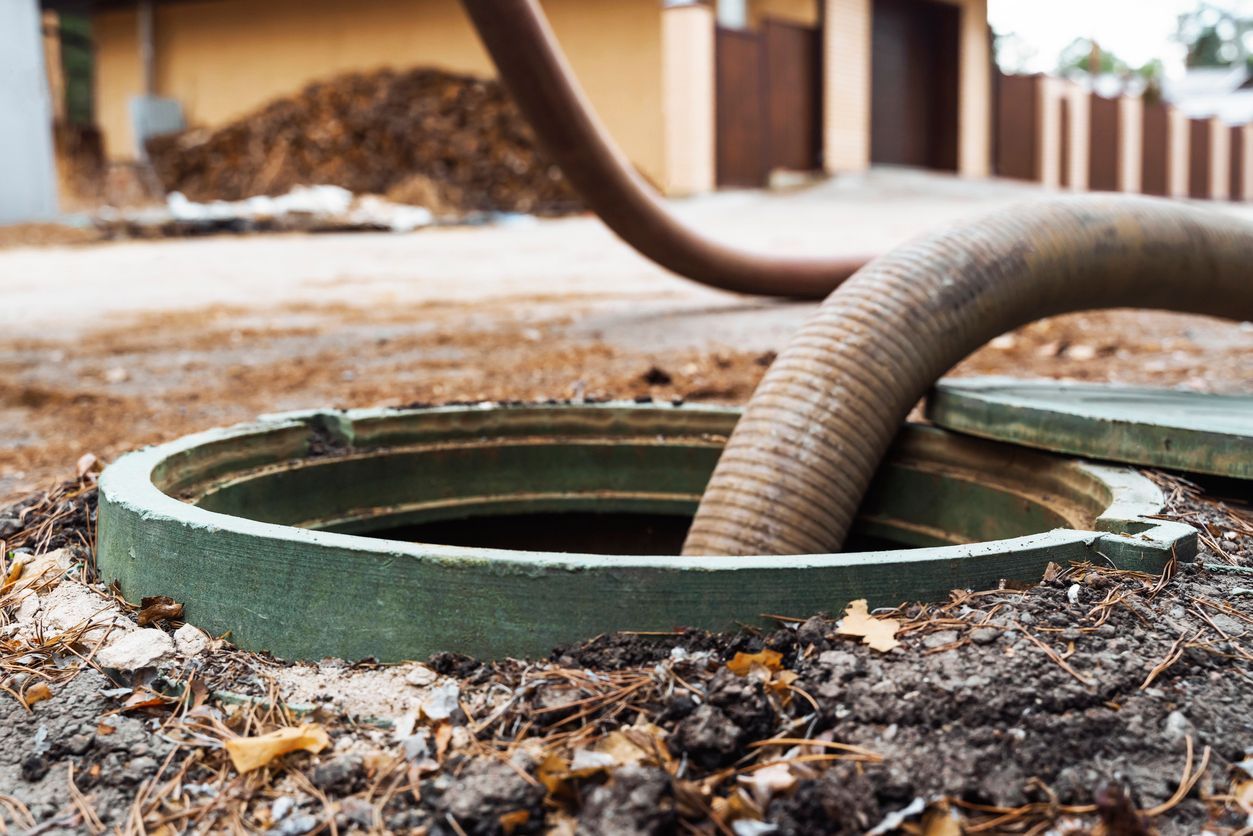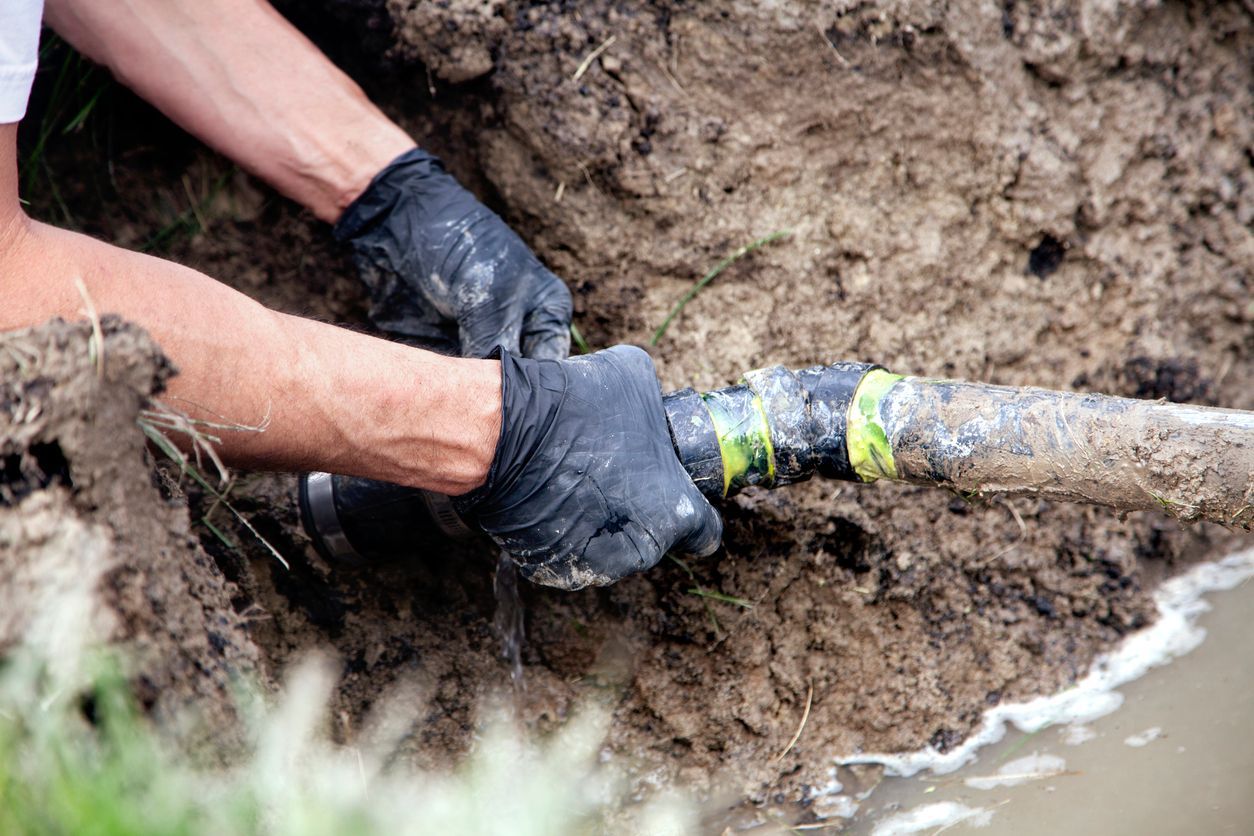How to Perform Routine Maintenance on My Septic Tank
Keep your home in top shape with regular maintenance and professional care. A small leak can grow into a major problem if you don't take care of it quickly.
Your septic system plays a major role in keeping your home clean and safe, but it’s easy to forget about until something goes wrong. Routine maintenance helps your septic system run efficiently, prevents backups, and extends its life. The good news is, a little regular care goes a long way.
Here’s a complete guide from Rick’s Septic on how to perform septic tank maintenance the right way.
1. Schedule Regular Pumping
The most important part of septic maintenance is routine pumping. Over time, solid waste builds up in your tank and needs to be removed. If you skip pumping, the solids can overflow into your drain field, leading to major system damage.
General rule: Pump your tank every
3 to 5 years, depending on household size, tank size, and water usage.
If you’re unsure when your last pumping was, call
Rick’s Septic for an inspection to set up a proper schedule.
2. Be Smart About What Goes Down the Drain
Your septic tank relies on natural bacteria to break down waste. Certain items can disrupt this process or cause blockages.
Avoid flushing or draining:
- Wipes, paper towels, or feminine products
- Grease, oils, and fats
- Coffee grounds and food scraps
- Harsh cleaning chemicals or bleach
Stick to septic-safe toilet paper and cleaning products labeled as biodegradable.
3. Conserve Water to Avoid Overloading the System
Too much water entering your septic system too quickly can cause it to overflow before it has time to treat the waste properly.
Tips to reduce water usage:
- Space out laundry loads through the week
- Fix leaky faucets or toilets right away
- Install low-flow fixtures in sinks, showers, and toilets
- Turn off running water when brushing your teeth or washing dishes
Using less water keeps your system balanced and prevents premature wear.
4. Protect Your Drain Field
Your drain field is just as important as the tank itself. It’s where the wastewater is filtered and absorbed into the ground. To protect it:
- Never park vehicles or place heavy objects over it
- Avoid planting trees or shrubs nearby (roots can damage pipes)
- Keep rainwater and gutters directed away from the area
A healthy drain field helps your entire septic system function properly.
5. Schedule Professional Inspections
Even if everything seems fine, it’s smart to have your septic system inspected every 1 to 2 years. A professional can check for cracks, leaks, buildup, or other issues before they turn into costly problems.
Rick’s Septic offers thorough inspections to ensure your system is working correctly and can recommend maintenance tailored to your property’s needs.
6. Use Bacteria Additives (Optional)
Some homeowners use septic-safe bacterial additives to help break down solids inside the tank. While not always necessary, these products can support healthy bacterial levels—especially if you use bleach or other cleaners that kill natural bacteria. Ask your septic professional if this is right for your system.
Keep Your Septic System Running Smoothly
Performing simple routine maintenance can save you thousands in repairs and replacements down the road. The key is consistency—regular pumping, mindful water use, and professional inspections.
At Rick’s Septic, we specialize in keeping septic systems healthy through expert maintenance, inspections, and repairs. Whether you need a scheduled pump or just want a system check, our team is ready to help.
Schedule Your Septic Service with Rick’s Septic
Keep your system in top shape with professional care. Contact Rick’s Septic today to schedule your septic maintenance or get a free estimate.
You might also like




